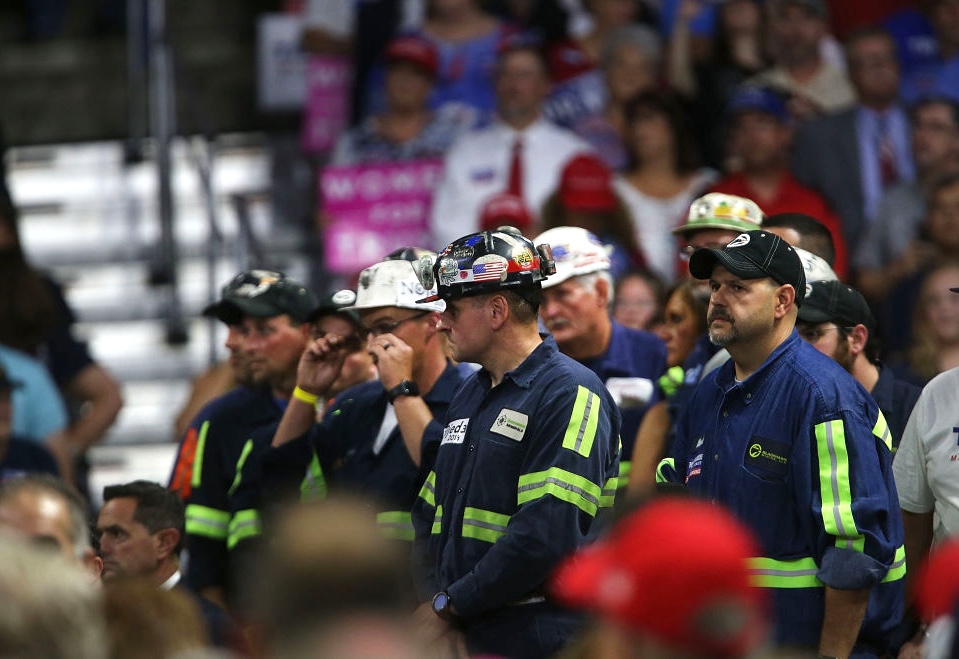The Democratic Party is hemorrhaging support among the working-class voters who once formed the bedrock of its electoral support. Some analysts argue that parties of the Left and center left should embrace this shift and focus instead on the rising class of progressive professionals. But turning away from the traditional working class risks conceding vast swaths of the electorate to the far right and relegating progressives to the status of semipermanent opposition. Working-class dealignment — turning away from the Democratic Party, in the United States — is real, and a really big problem.
In a recent Jacobin piece, Chris Maisano lays out a clear and detailed critique of the “class dealignment” thesis. He emphatically rejects the notion that the decline of center-left support among working-class voters is one of the central political problems progressives face today. To the contrary, he sees this shift as an opportunity to reorient progressive electoral strategy around a reliably progressive electorate that, unlike the working class of old that was progressive on economics but conservative on social issues, aligns with progressive values across the board.
Yet ultimately Maisano’s argument that we can forge a durable working-class progressive coalition without winning back the “traditional” working class fails to grapple with its own critical limitations. There is no guarantee that the tide of working-class dealignment can be reversed, but the case for trying remains strong.
Much of the talking past each other that happens in debates…
Auteur: Jared Abbott

